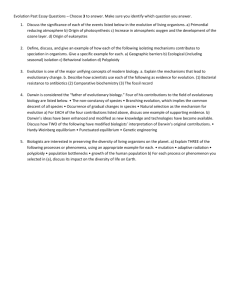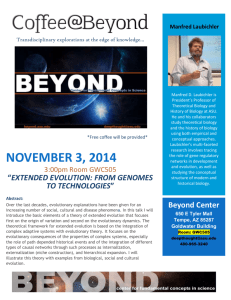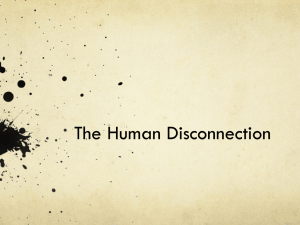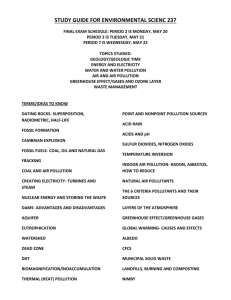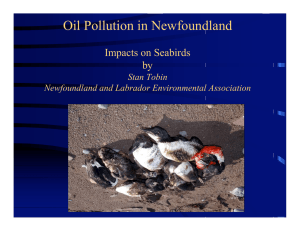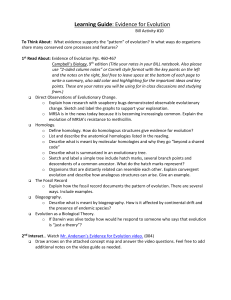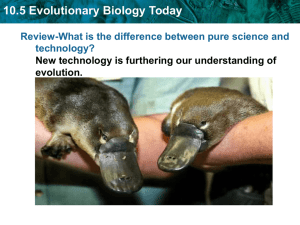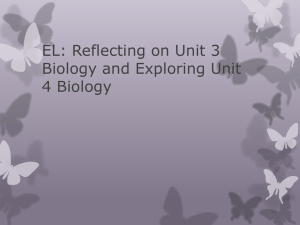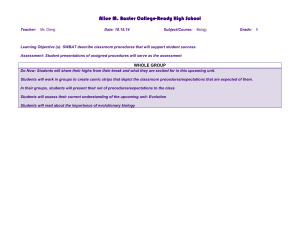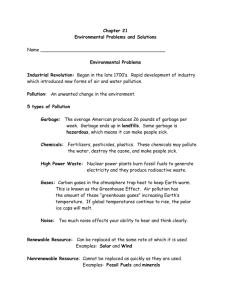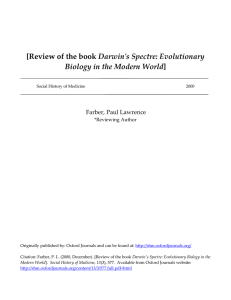Review for Unit Test - Miami Killian Senior High School
advertisement
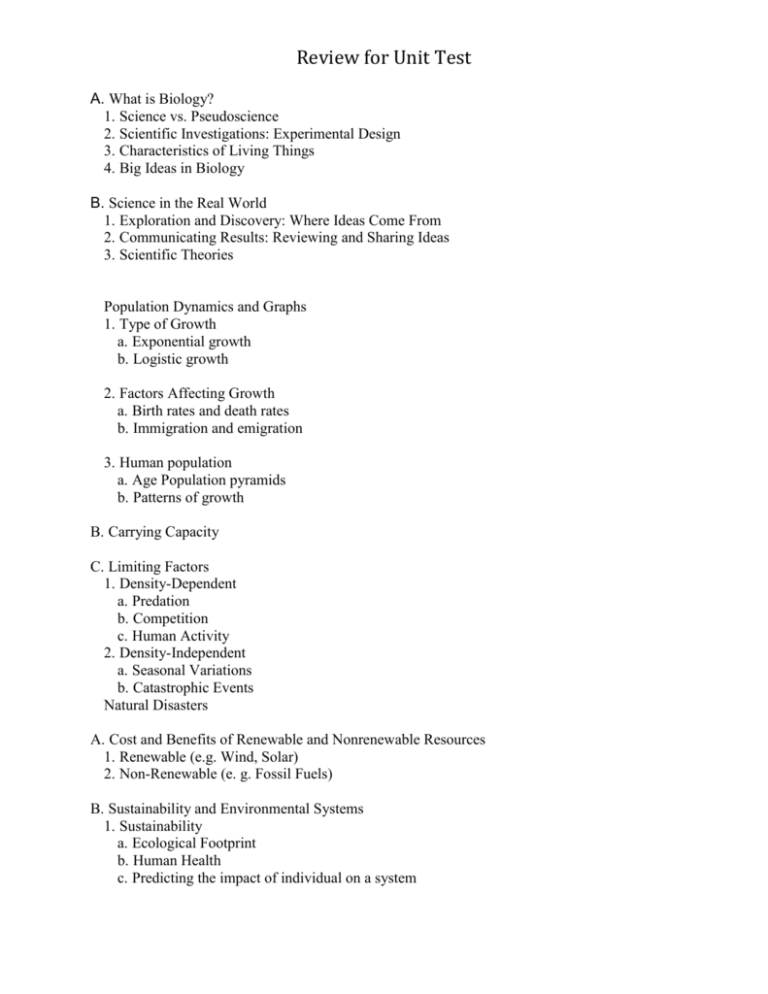
Review for Unit Test A. What is Biology? 1. Science vs. Pseudoscience 2. Scientific Investigations: Experimental Design 3. Characteristics of Living Things 4. Big Ideas in Biology B. Science in the Real World 1. Exploration and Discovery: Where Ideas Come From 2. Communicating Results: Reviewing and Sharing Ideas 3. Scientific Theories Population Dynamics and Graphs 1. Type of Growth a. Exponential growth b. Logistic growth 2. Factors Affecting Growth a. Birth rates and death rates b. Immigration and emigration 3. Human population a. Age Population pyramids b. Patterns of growth B. Carrying Capacity C. Limiting Factors 1. Density-Dependent a. Predation b. Competition c. Human Activity 2. Density-Independent a. Seasonal Variations b. Catastrophic Events Natural Disasters A. Cost and Benefits of Renewable and Nonrenewable Resources 1. Renewable (e.g. Wind, Solar) 2. Non-Renewable (e. g. Fossil Fuels) B. Sustainability and Environmental Systems 1. Sustainability a. Ecological Footprint b. Human Health c. Predicting the impact of individual on a system Review for Unit Test d. Large scale impacts (waste spills, oil spills, run-off, greenhouse gases, ozone depletion, surface and ground water pollution) 2. Environmental Systems a. Soil Pollution: Agriculture, Eutrophication, Deforestation, Erosion b. Water Pollution: Acid Rain Biomagnification c. Air Pollution: Greenhouse Gases, Global Warming d. Maintaining Biodiversity: Importance, Causes e. Urbanization A. Evidence for The Theory of Evolution 1. Fossil Record 2. Comparative Anatomy (Homologous and Vestigial) 3. Comparative Embryology 4. Biogeography 5. Molecular Biology (Genetic Code) 6. Observed Evolutionary Change B. Darwin’s Natural Selection 1. Origins of Evolutionary Thought a. Geologic Change (Lyell and Hutton) b. Overpopulation and Resources (Malthus) c. Acquired Traits (Lamarck) 2. Darwin’s Observations a. Variation of Traits on Galapagos Islands b. Adaptations Within Species 3. Natural Selection a. Variation b. Struggle for Existence c. Survival of the Fittest / Differential Reproductive Success d. Descent with Modification e. Effect on biodiversity (15.3) C. Introduction to Other Mechanisms 1. Rates of Evolution a. Gradualism b. Punctuated Equilibrium 2. Microevolution a. Types of Natural Selection (Directional, Stabilizing, & Disruptive Selection) b. Mutation c. Non-random mating d. Genetic Drift (Bottleneck & Founder Effect) (15.14) e. Gene Flow – Migration 3. Patterns of Macroevolution a. Extinction (Background vs. Mass) b. Speciation(Reproductive, Geographic & Temporal Isolation) c. Adaptive Radiation Review for Unit Test d. Convergent Evolution Coevolution D. Trends in Human Evolution 1. Hominid Evolution: Early Ancestors (6 mya) to Modern Humans a. Brain Size b. Jaw Size c. Language d. Manufacture of Tools E. Human Brain (NOW) (NEXT ) A. Hierarchical classification based on evolutionary relationships (15.4) 1. Cell Type 2. Cell Structure 3. Number of Cells 4. Mode of Nutrition B. Domains and Kingdoms 1. Identifying examples from the kingdoms(prokaryotic, eukaryotic, unicellular and/or multicellular organisms, autotrophs, and/or heterotrophs) 2. Domains-Archaea, Bacteria, Eukarya 3. Kingdoms- Eubacteria, Archaebacteria, Protista, Fungi, Plant, Animal C. Reasons for changes in how organisms are classified. ( WE HAVE DISCUSSED) 1. Cladograms- construction and analysis 2. Phylogenic examples 3. Molecular clock proof


